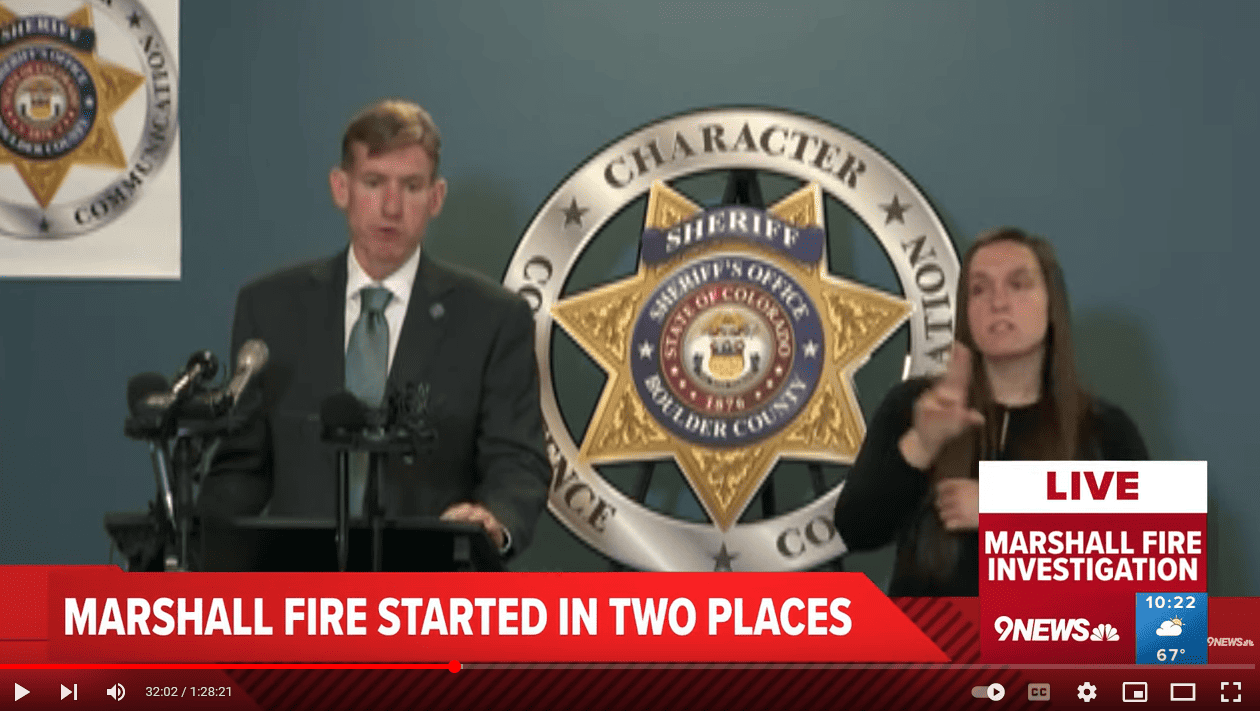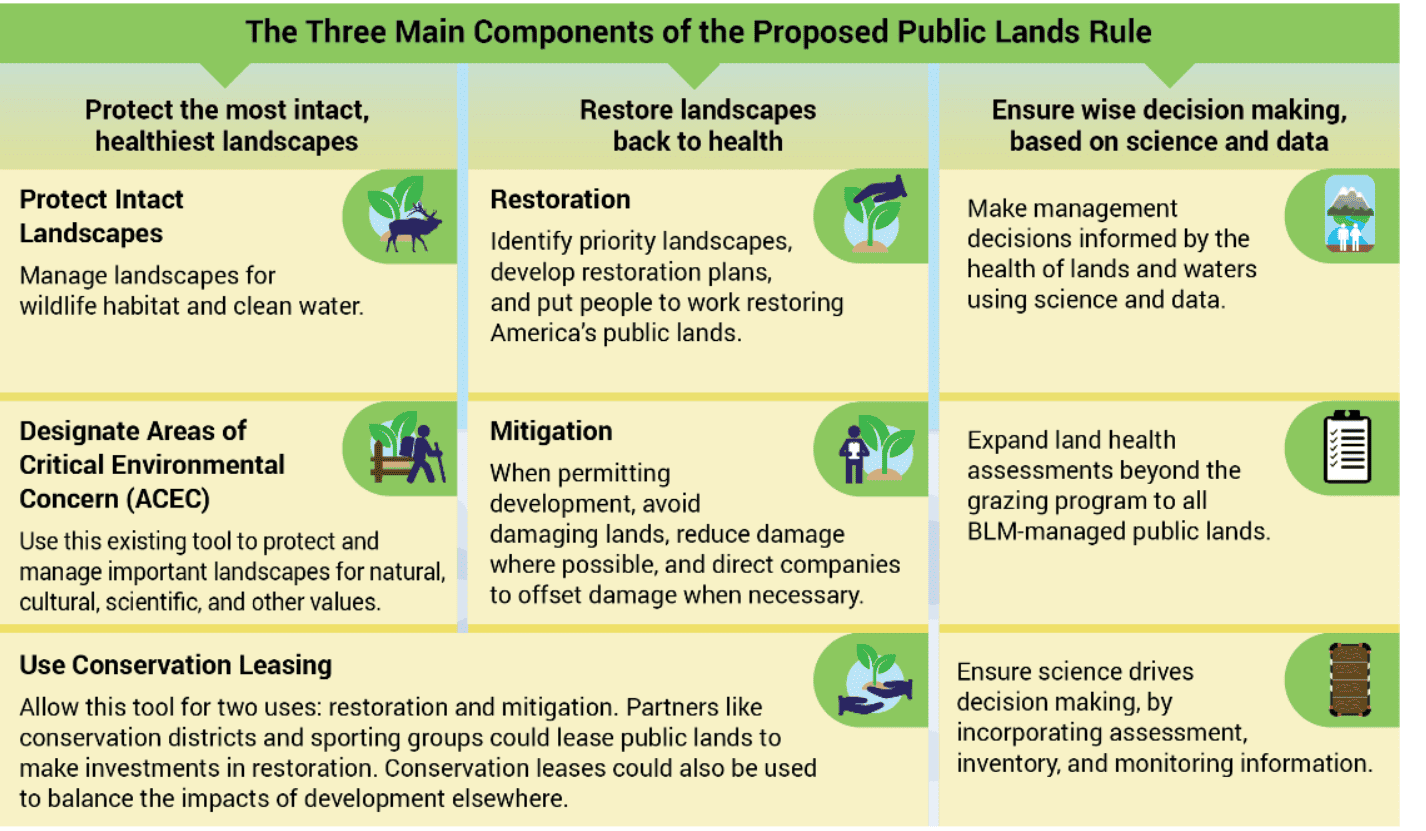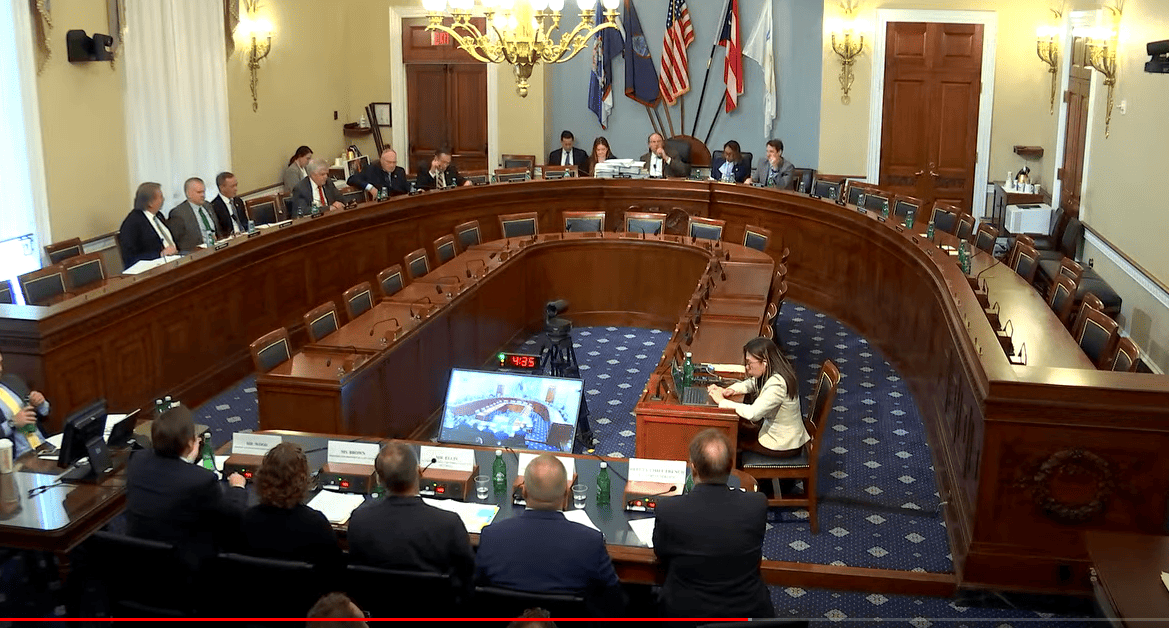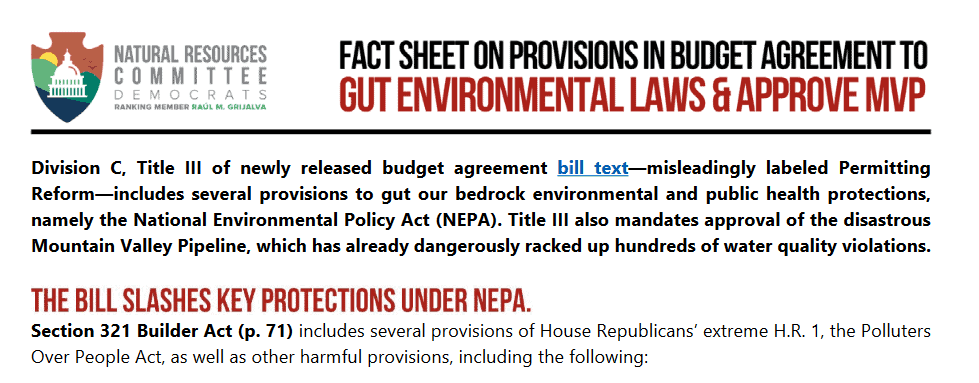 Later today the Boulder County Sheriff’s Department will post their analysis on their website.
Later today the Boulder County Sheriff’s Department will post their analysis on their website.
Here’s a good story on it from the Colorado Sun.
It’s an interesting story of how homeowners burned material, put it out and buried it, and the wind came up a week later and blew the soil off and it started dry grass on fire. In dry areas with grasslands, dry grass is a natural feature for part of the year. Mountain View Fire determined that the reidents’ plan to extinguish it was reasonable and responsible. The Forest Service investigators and the Missoula Fire Lab were both mentioned as helping in the investigation.
We were talking about continuous improvement with regard to the NWFP; in this case, Boulder changed their rules to focus on water putting out fires.
So if we were to build a model of why this fire happened, we’d have:
Ignitions
Suppression Forces Stretched Thin by Several Ignitions, Covid
Wind- spread fire, plus air resources couldn’t be used.
Fuels- In many places with dry grass, grasses are eaten in the summer when they are green by grazing animals which reduces surface fuels. In fact, one one TV show I watched that day, the fire stopped at a rancher’s grazed area.
In our part of the country, these conditions are fairly common in the fall and winter and our county’s strategy is robust initial attack.
Originally coverage of this was all about climate change.
You might want to go back to my previous post on the Marshall Fire.
OK, so after unusually wet spring (is that AGW also?) precipitation below average and temperatures above average. But of course averages are averages because.. some observations are higher and some are lower. I would have said “the dry conditions we experienced (not the wet ones that encouraged plant growth?) are predicted to become more likely under AGW.” That is very different from being a “result” of climate change. Also there is a difference between the same conditions that used to happen, happening more frequently (we know how to adapt, and have to just do those things more often) and things that never happened before happening (where we need to respond differently). I’m not sure that distinction is often made.
I recommend Roger Pielke, Jrs. somewhat wonky but very thoughtful take on causality as it relates to the Marshall Fire.
Common narratives possibly contradicted by this example:
Current thinking: Cows are bad. And yet, they reduce grassy fuels and convert them to food.
Current thinking: Individual cars should be replaced by public transportation. And yet, people amazingly evacuated themselves and their animals quickly using.. individual vehicles.
Current thinking: Let’s build and maintain lots more power lines in dry places. And yet, maybe we should get better at maintaining the ones we have?
Current thinking: High density housing is best. And yet, house proximity caused fire transfer as in this Denver Post story.
Maybe communities in dry fire-prone ecosystems need to develop their own visions of how best to live with fire.
SUPERIOR – Too many houses built too close together on the tinder-dry high plains between Denver and Boulder led to the record Marshall firestorm losses topping $1 billion, insurance industry researchers found this week as they sifted through ashes and charred ruins.
….
“Conflagration happens when you get that proximity,” Roy Wright, chief executive of the insurance institute, said Thursday as his team began their investigation.Spacing closer than 12 feet favors fire, researchers have established, and gaps between homes of 50 feet or more are advisable, Wright said. “Dispersion is one way to eliminate the domino effect” and with greater spacing “you would not have had so many structures lost.”
Re-making Colorado suburbs to endure worsening fires also will require clearing buffers at least five feet wide and “impeccably” bare, Wright said, along with screens on vents and retro-fitting with non-flammable roofing, siding and vegetation. Well-watered green lawns are less likely to burn than native grasses, he said.
And the mulch that residents increasingly use to help plants endure as temperatures rise “is like spreading match sticks around your home.”
From that story:
The question is what hardening would entail. A fire safety push for lower-density housing would collide with a push by some planners and developers toward higher-density “mixed-use” communities. Population growth in Colorado and other parts of the arid West has led some planners to encourage housing “units” clustered tightly like integrated circuits and surrounded by native vegetation that requires less water than lawns and parks.
Closer spacing and vegetation management for fire protection could clash with water conservation and other long-term objectives, said Molly Mowery, director of the Community Wildfire Planning Center, a nonprofit that guides town officials.
Looking at limits on growth opens “a huge can of worms,” Mowery said, anticipating that boosting fire resilience will require balancing climate warming preparedness measures. “There’s not going to be a solution that satisfies everything.”




